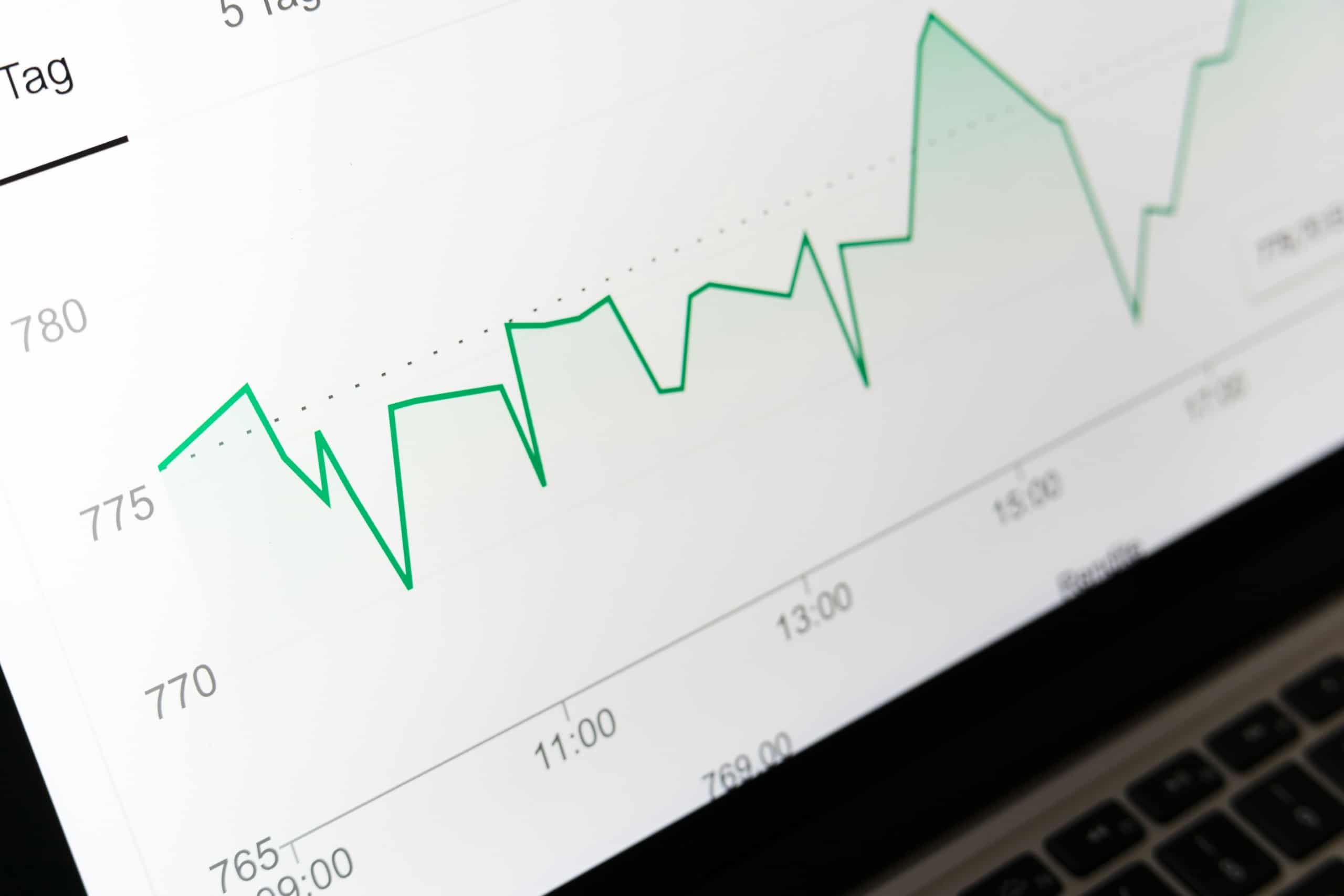
Price-Reporting Agencies: How Price Benchmarks Drive Raw Material Markets
In the world of raw material markets, where prices can change a lot because of different things, having reliable pricing information is very important. This article will help us understand how Price-Reporting Agencies (PRAs) and price benchmarks can bring clarity and stability to this complicated situation.
The Challenge of Opacity in Raw Material Markets
The raw material market is a realm of intricate dynamics, where prices can oscillate wildly due to factors ranging from geopolitical shifts to unforeseen supply chain disruptions.
In such a volatile landscape, industry players often find themselves grappling with a lack of reliable pricing information. This lack of available data hampers their ability to make informed decisions, leaving them vulnerable to unexpected price swings and market uncertainties.
Achieving clarity with Price-Reporting Agencies
Enter Price-Reporting Agencies (PRAs). These specialized entities play a pivotal role in bringing clarity to the raw material markets. PRAs gather, assess, and publish accurate pricing data for a range of commodities, including energy, metals, and agricultural products.
With Kemiex, the list of available products extends to feed and food ingredients. This data is presented in the form of pricing benchmarks, which serve as crucial reference points for market participants.
The Power of Price Benchmarks
Price Benchmarks, curated by PRAs, hold strategic power in the world of raw material markets. These benchmarks provide a standardized and objective measure of current market prices, enabling industry players to make decisions based on reliable information. This is particularly crucial in an environment where prices can be influenced by a myriad of factors, often leading to confusion and uncertainty.
By leveraging price benchmarks, businesses gain a clear and accurate understanding of market trends and dynamics. Armed with this knowledge, they can navigate the market with confidence, formulate pricing strategies, and anticipate potential price fluctuations. This newfound clarity empowers them to make proactive decisions, ultimately mitigating risks and optimising their operations.
Benefits Beyond “Price points”
The benefits of PRAs and price benchmarks extend beyond clarity alone. These tools foster healthy competition among industry players. When everyone operates based on the same set of reliable pricing data points, the focus shifts from second-guessing prices to enhancing value and efficiency. This drives innovation, encourages fair pricing practices, and ultimately benefits consumers.
Furthermore, the guidance provided by PRAs acts as a deterrent against market manipulation. With accurate and standardized pricing information readily available, the potential for artificially inflating or deflating prices is reduced. This ensures a level playing field, where all participants can engage in transactions with confidence, free from concerns about hidden agendas.
In a world where information is power, Price-Reporting Agencies and their price benchmarks stand as beacons of clarity in the raw material markets. By providing accurate, objective, and reliable pricing information, PRAs empower industry players to navigate the market’s complexities with precision and confidence, ushering in an era of enhanced information, fair competition and informed decision-making.